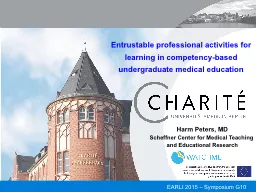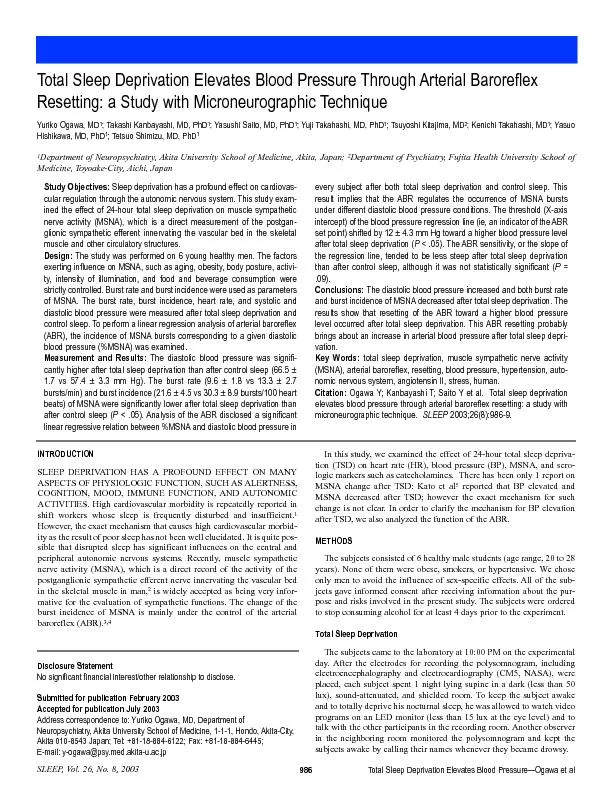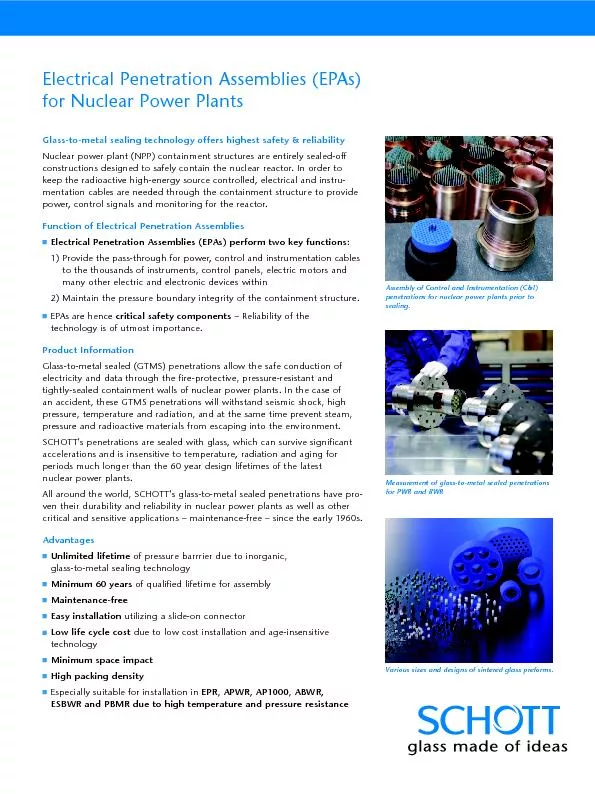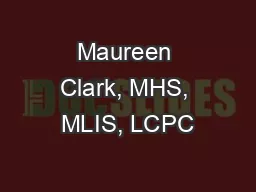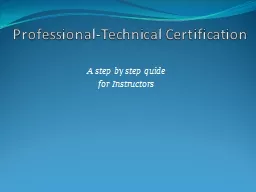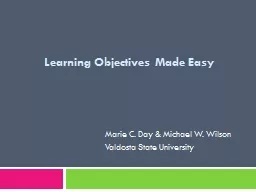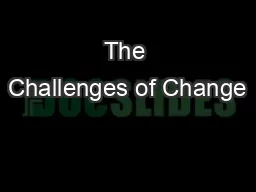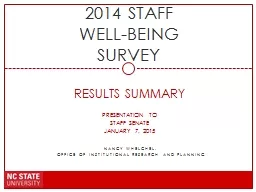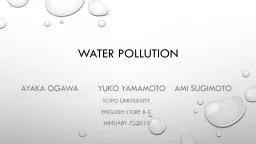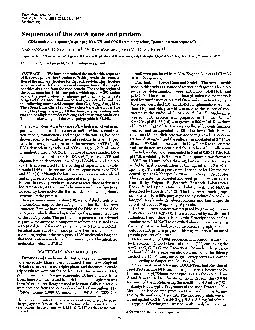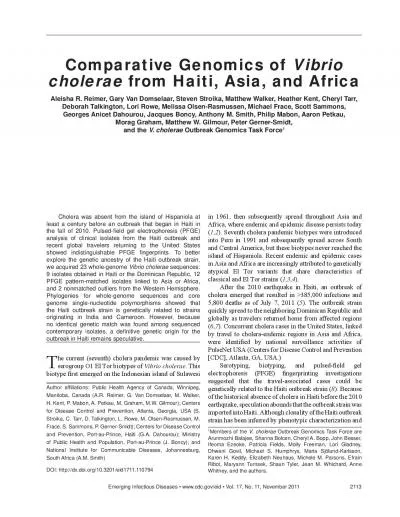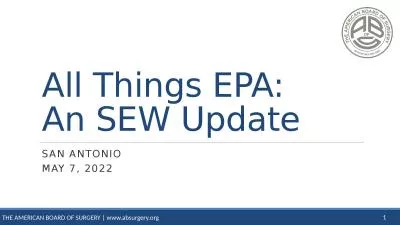PPT-EPAs? Entrustable Professional Activities! Rikke Ogawa, MLIS, AHIP (D)
Author : pasty-toler | Published Date : 2019-11-02
EPAs Entrustable Professional Activities Rikke Ogawa MLIS AHIP D Midday at the OASIS July 20 2016 Outline Background What are EPAs Why now How are they different
Presentation Embed Code
Download Presentation
Download Presentation The PPT/PDF document "EPAs? Entrustable Professional Activiti..." is the property of its rightful owner. Permission is granted to download and print the materials on this website for personal, non-commercial use only, and to display it on your personal computer provided you do not modify the materials and that you retain all copyright notices contained in the materials. By downloading content from our website, you accept the terms of this agreement.
EPAs? Entrustable Professional Activities! Rikke Ogawa, MLIS, AHIP (D): Transcript
Download Rules Of Document
"EPAs? Entrustable Professional Activities! Rikke Ogawa, MLIS, AHIP (D)"The content belongs to its owner. You may download and print it for personal use, without modification, and keep all copyright notices. By downloading, you agree to these terms.
Related Documents


